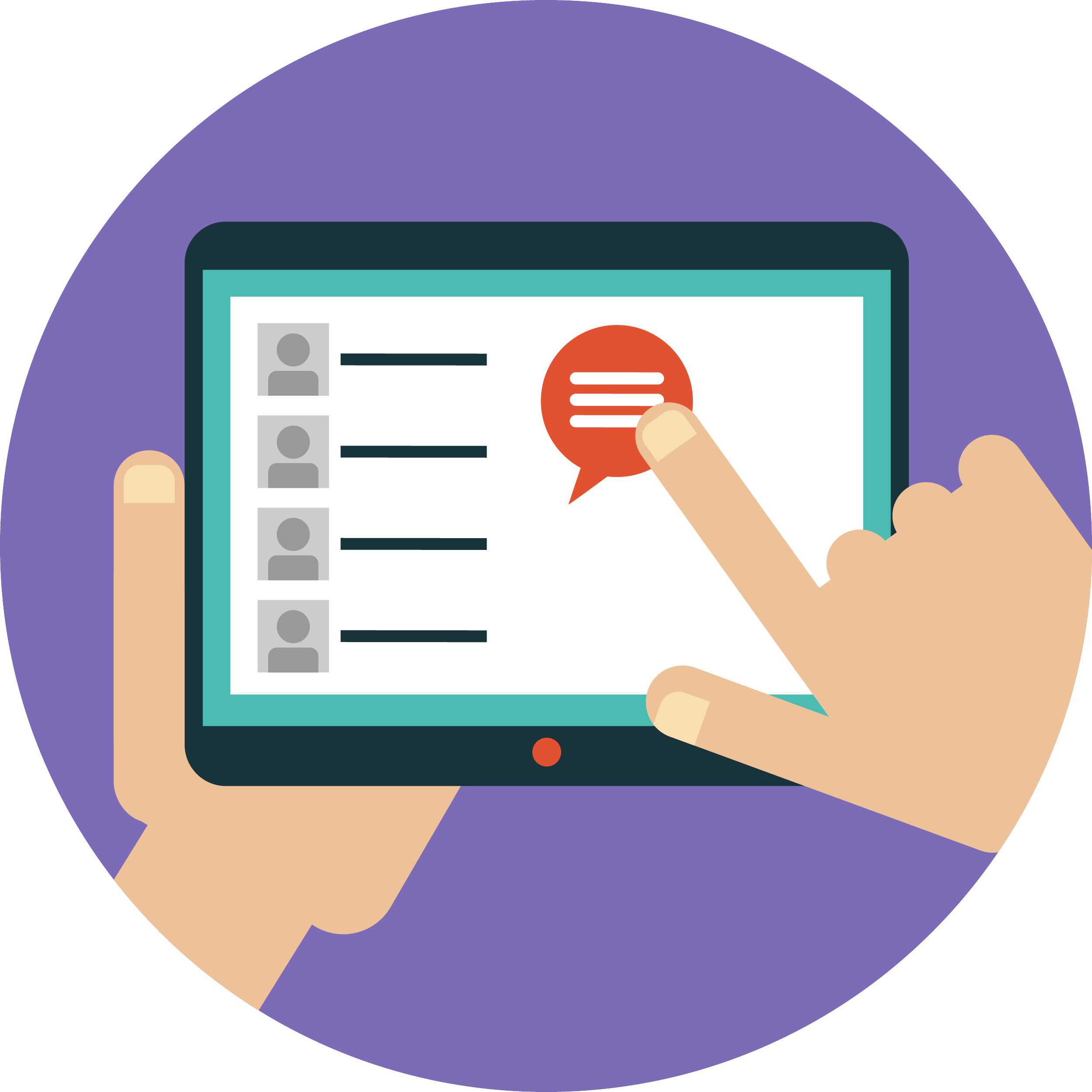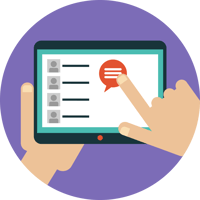It’s Go-Live Time!


The EHR Implementation Go-Live Series
It’s Go-Live Time! Minimize disruptions in workflow and revenue by addressing these common issues with people and processes.
After you finish developing, training, interface testing and building, you are almost ready to Go-Live. But assessing your readiness again at least four to six weeks prior to activation will help you avoid costly mistakes, like diverting subject matter experts to deal with workflow issues during Go-Live.
Establish your command center well in advance as well. Stock it with enough food and provisions to support your team in the long hours, days and possibly weeks ahead. Enable connectivity to users and support resources throughout the organization as well as external vendors so that you can quickly resolve issues.
Evaluate your progress against milestones, like whether 90 percent of users have completed classroom training as they were scheduled to by now. Confirm that policies and procedures have been revised to accommodate each change in workflow.
Confirm that you are broadly searching for any potential problems by answering the following questions:
Have you?
- Created new workflows and established policies and procedures?
- Calculated end-user support formulas?
- Identified super users and trainers, and removed them from their patient care responsibilities during Go-Live and committed them to providing support instead?
- Performed your gap analysis?
- Lined up support for every department?
- Created your support schedule?
Run through your checklists and consult with professionals who have gone through Go-Lives to learn what problems to anticipate and address them before activation. Be frank in your assessments and prudent in deciding whether it is a “go” or “no go.” After you commit to “go,” minimize disruptions in workflow and revenue by addressing these common issues with people and processes.
Go-Live for Trainers
It’s easy to think that once the Go-Live begins that a trainer’s work might be done, but successful organizations will certainly tell you that this isn’t the case. Actually, it’s quite the contrary: The start of a Go-Live is when your trainers can really shine. By placing them on the floor as end-user support, you are giving your end users access to someone who taught them in class and has an in depth knowledge of the system. With someone at their side questions are getting answered, workflows are being performed properly, and your system is being utilized to the highest degree.
Super users are an excellent resource, no doubt, but a lot of confidence comes from your end-users knowing that what they’re hearing is right. It makes them feel better and it will often ease tensions. In addition, your project team will have a direct liaison to the floor and it will be someone that knows the system and can describe what is happening. Having your trainers identify issues also spares your project team from direct visits, leaving them more time to fix other issues, like making needed build and workflow adjustments.
Go-Live for Users
Changes in computer systems can seem extremely drastic to the end user and can lead to major frustrations that could ultimately impact employee satisfaction and patient care and in turn jeopardize the project. When working with users it is very important to remember that these users did not choose a career in or go to school for IT. Users often times see the computer systems they are now being required to use as both a blessing and a curse with a curse being the general consensus for most. With the right attitude from the IT analysts this perception can be changed and the implementation of new hardware and/or software can be much easier for everyone involved.
Getting to the root of why the users are resistant to new technology can have a major impact on the success or failure of a project. Finding and addressing these concerns could be as simple as speaking with and listening to the users, watching their normal workflow or speaking with the managers of each department about the concerns of their staff. Other times it can be a lot more complex but the best way to find and resolve these concerns is to go directly to the source… the users themselves. Many times the end users see changes as just something that someone higher up has decided on in their meetings to save money or address other issues that they see as unrelated to them or their job. Most of these concerns can be overcome very easily if the analyst takes the time to listen and address them directly with the users. Of course this should always be done with great caution to avoid interfering with the user’s normal work functions while always keeping in mind that patient care is always paramount.
Go-Live for Physicians
Having adequate at-the-elbow support for physicians during the actual Go-Live is particularly important. A ratio of one support person to every two providers for the first two weeks with tapering support after that for an additional two weeks is recommended. If this is not possible, it is beneficial to have a physician-specific help desk line where physicians would receive priority for calls made to obtain support.
Also, communication is important throughout the installation, and nowhere is it more important than at Go-Live. Issues are going to occur and there will be frustration, but making sure end users feel heard and that their problems are valuable feedback to the EHR is a must. If physicians don’t feel heard, they may abandon the record and go back to old habits, which is a habit that can be difficult to overcome.
Trust is also necessary at Go-Live, if your physicians and other end users feel that they aren’t being supported and that the EHR isn’t valuable to them then a lack of buy in and use could hinder the effectiveness of your program. If you’re coming from a paper world, it is often helpful to be proactive; hiring at-the-elbow support for your physicians can make a world of difference and can have them feeling the love in a hurry. If your end users feel heard and trust that the project is the right thing to do, you’ll have lots of buy in which you can parlay into a successful future.

